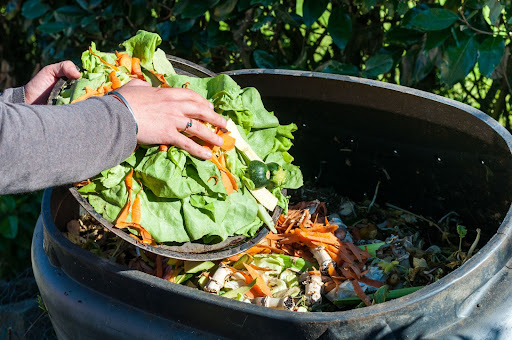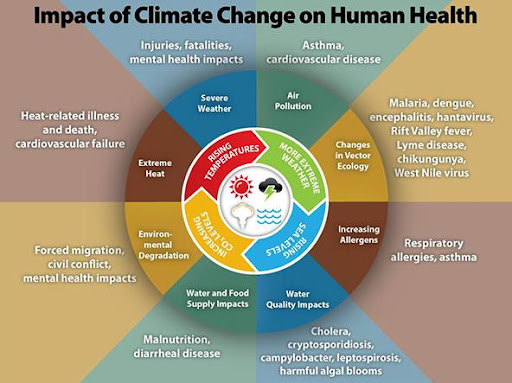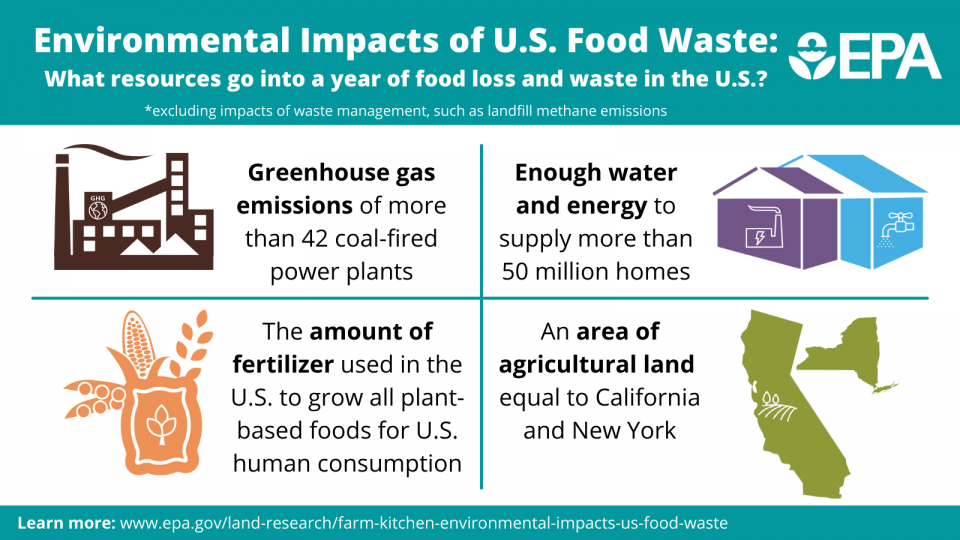CLIMATE CHANGE AND NURSING
CNEHJ is educating and engaging nurses on how the changing climate will impact the health of our communities.
Climate Change is Posing Increasing Human Health Risks
Nurses Are Guided by the Science
Listen to fabulous podcasts by our friends at Cool Solutions on a range of practical climate change topics.
In California, CNEHJ is actively engaged with The Climate Center in support of a Climate Safe California Campaign. Individual nurses can endorse the campaign and join our CNEHJ nursing meetings on climate change. Go to our calendar for more committee information and how to join the next meeting.

Food Waste
The EPA has identified food waste to be a major contributor of climate change across all sectors. We must work to address food waste at all levels of food production and distribution, from the source to the consumer.

New Year’s Pledge Helps Millions Eat Healthier
A month long challenge proves remarkably successful at enticing people to try out (and continue) plant based diets.
California-specific Climate Change Resources from CDPH Office of Health Equity / Climate Equity TOOLS:
- County Climate Health Profiles – details the potential climate change impacts for all the CA counties
- California Building Resilience for Climate Effects – CalBRACE Toolkit – intended for local health departments to help assist with climate change adaptations
- Climate Change and Health Vulnerability Indicators and Visualization – an interactive data visualization portal for indicators to help assess social vulnerabilities and adaptive capacity for climate change exposures in CA
- Planning and Investing for a Resilient California – a guidance document for state level planning in the face of climate change


